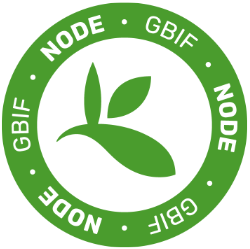Advances in computer vision and deep learning provide potential new solutions to this global challenge. Cameras and other sensors can effectively, continuously, and non-invasively perform entomological observations throughout diurnal and seasonal cycles. The physical appearance of specimens can also be captured by automated imaging in the lab. When trained on these data, deep learning models can provide estimates of insect abundance, biomass, and diversity. Further, deep learning models can quantify variation in phenotypic traits, behaviour, and interactions. Here, we connect recent developments in deep learning and computer vision to the urgent demand for more cost-efficient monitoring of arthropods. See soon-to-be PNAS Publication online https://www.biorxiv.org/content/10.1101/2020.07.03.187252v1.full
Speakers: Toke Høye (Department of Bioscience and Arctic Research Centre, Aarhus University, Ronde, Denmark)
Date: Tuesday, December 1, 2020
Time: 11:00am-12:00pm Eastern Time
Location: https://us02web.zoom.us/j/82515787249
Host: Neil Cobb (neil.cobb@nau.edu or neilscobb@gmail.com)







